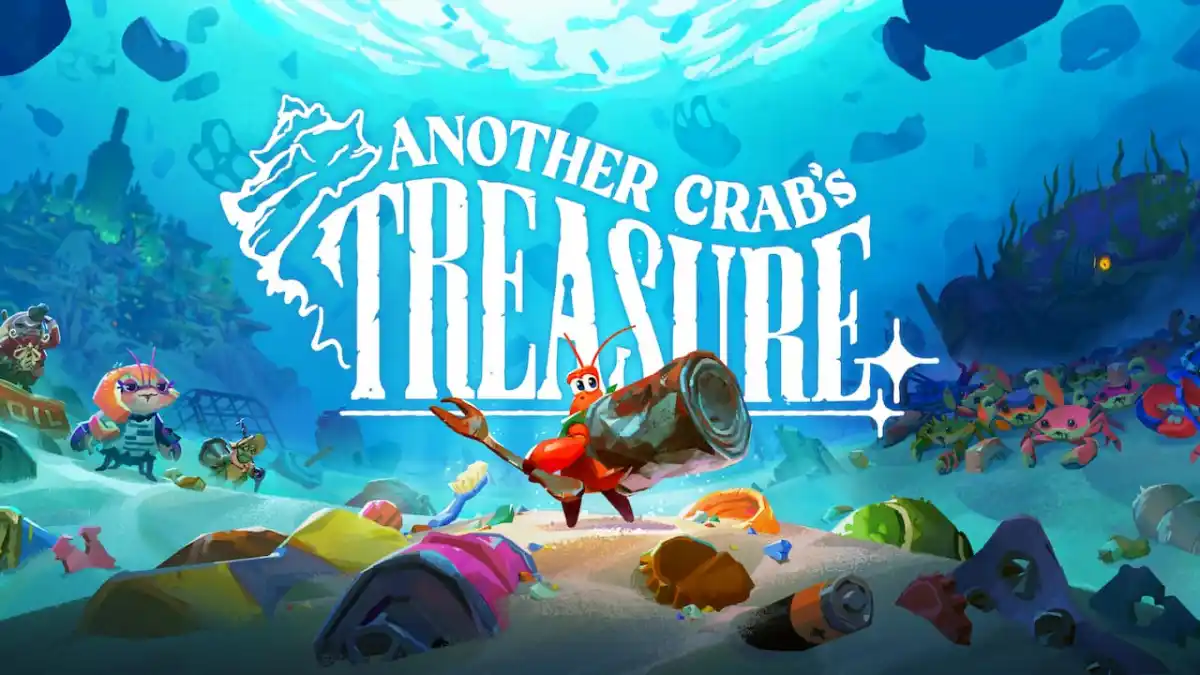
This week’s forgotten game is actually not one I particularly enjoy, but must nonetheless be recognized for what it attempted to do. That game is Starship Titanic, the brainchild of Terry “Monty Python” Jones and Douglas “Douglas Adams” Adams: it was an extremely ambitious adventure/humor game, a combination between Myst and The Hitchhiker’s Guide to the Galaxy.
It failed, pretty miserably.
Hit the jump to see why.
Story:
The Starship Titanic, on her maiden voyage, crashes into your house. You have to get aboard and find out what went wrong with the ship.
That’s it.
While such a storyline makes for a decent gameplay scenario, there’s no real “plot” to be found here. The ship has a backstory that you unravel through solving puzzles and the like, but the entire game essentially has you roaming through the ship trying to reassemble the navigational system and find out what went wrong.

Gameplay:
For anybody who has played Myst, the game should be reasonably accessible. Click a hot spot, travel to another screen, click an item to investigate/activate it, etcetera. Also like Myst, Starship Titanic had extremely pretty graphics for its time, and equally beautiful music.
However, that’s where Titanic‘s similarities to convential games end. While much of the game involves walking around, flipping switches, and solving puzzles, an equally large portion of your time in the game consists of talking to the ship’s many robot assistants, most of whom are malfunctioning in some way. And when I say “malfunctioning,” I don’t mean that sparks are coming out of their ears and they walk funny–I’m talking robots with schizophrenia, depression, and separation anxiety.
To communicate with these robots, you type questions into the ingame text parser, and they answer–again, pretty straightforward, though imaginative. Depending on the robot, they’ll answer differently, but sometimes you can have full-blown conversations with the AI.

Why You Probably Haven’t Played It:
Well, you see how little I wrote under the “gameplay” heading? And how there’s even less underneath “story”? Let’s start with that.
While Starship Titanic is pretty goddamned hard (more on that later), it is not, by any means, deep. The entire game consists of running around the ship, collecting computer parts and solving puzzles so you can reassemble the AI that controls the ship. There are no plot developments, no storyline, and no characters apart from the humanoid robots on whom you constantly rely for hints. The game gives you a goal at the very beginning, and you spend the rest of the entire game trying to accomplish that goal, and that goal alone. This means that your enjoyment of the game relies entirely on the gameplay, which ain’t exactly the greatest thing in the world.
Despite how intensely hyped the game’s conversation system was, it really boiled down to typing in keywords that the parser would recognize, which usually resulted in a robot giving you an extremely cryptic hint. Yeah, there were a couple of clever dialogue exchanges programmed in–most notably, you could ask several of the robots about the Spice Girls and start a three-minute conversation–but for the most part, the entire conversation system was broken.
Additionally, Starship Titanic remains one of the most absurdly difficult adventure games ever made: the puzzles often seem designed to be funny, rather than challenging, and as a result their solutions range anywhere from obscure to downright ridiculous. It literally got so bad that later versions of the game came with a 120 page walkthrough, packaged completely free of charge. If you ever plan on trying Starship Titanic out, then, for the love of God, use a strategy guide. That, or plan on ripping out half your hair because you didn’t know that a robotic parrot enjoys eating brazil nuts instead of walnuts.
Now, put all of these “features” into a game that took two years to make, was hyped to hell and back, and was, at the time, one of the most expensive games ever made, and you’ve got Starship Titanic. It was released to extremely mixed reviews–its MobyGames ratings, range from 92 to 20–and gamers weren’t too willing to forgive its flaws, considering how strongly it’d been hyped and how potentially awesome it should have been, coming from two of Britain’s greatest humorists.
Still, for all my bitching, Titanic isn’t without its strong points. It’s pretty, it’s got good music, the dialogue system (when it works) is pretty fun, and a lot of the writing in the game is really clever, in a Douglas Adams kind of way.
So, should you bother to get it? It averages for about 8 bucks on eBay, which is a more than reasonable asking price, even with all of its flaws. In the end, its a judgement call: are you enough of a Douglas Adams fan to work your way through an obscenely hard, awkwardly designed game?
If you’ve played it, have any questions, or just wanna say something, hit the little button labelled “comment”.



